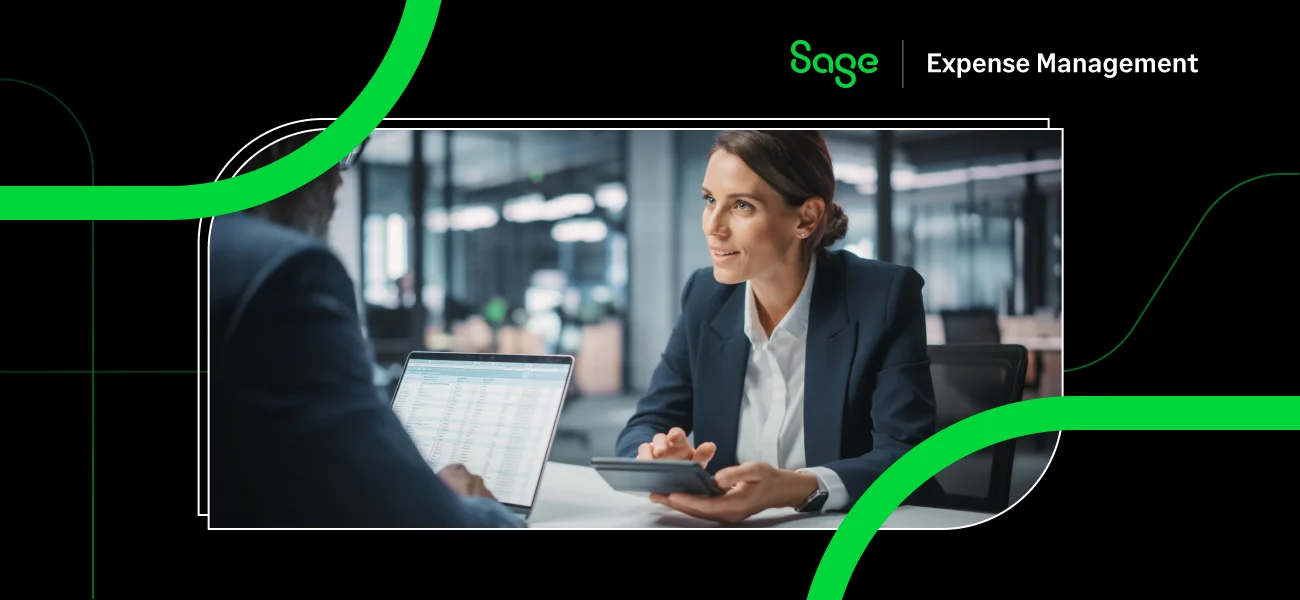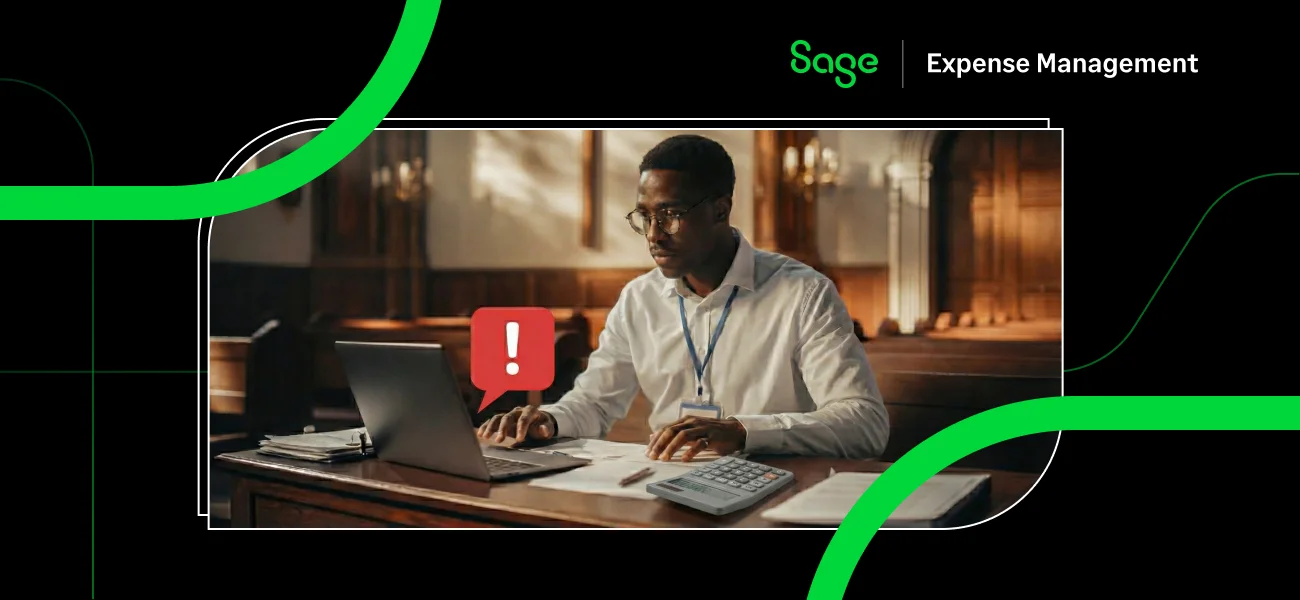Pricing correctly is vital for the success of any growing business. Charge too much for a product or service, and you might become inaccessible to the customers you’re trying to reach, but go too low and you could struggle to build credibility. It’s a tricky balance that you need to get just right.
Fortunately, there are plenty of costing methods to make this task easier. One option is Activity-Based Costing (ABC costing) which is designed to give you more structure when setting your prices.
This guide will help you understand ABC costing and determine whether it’s the right option for your company.
What is Activity-Based Costing?

ABC costing uses overhead costs to make accurate product pricing simpler. It works for both physical and digital products or services, helping your team determine how much money is put into a product to better understand its monetary value.
It’s a simple method, but one that makes sense. An efficient business understands its operational costs, choosing suppliers and manufacturers with clear, transparent pricing. These costs are then used to understand expenses and profits and–in the case of ABC costing - to work out what you should be charging customers.
As a B2B agency, for example, you’d look for transparent pricing from all of your partners, from 20i’s reseller hosting to Quickbook payroll software. You’d also keep tabs on your bills and staff payroll costs. These figures are then used to calculate the operational costs that bring your product or service to life.
Not all costing methods work like this. ABC costing is unique in recognizing the links between your overhead and operational costs and your final products.
Generally, ABC costing is used for both B2B and B2C manufacturing and software development. It creates the most accurate cost data when producing products and software, and is used in:
- Customer profitability analysis
- Product line profitability analysis
- Service pricing
- Product costing
- Targeted and predictive costing
Though it’s usually manufacturers and developers who use ABC costing, it’s useful for any growing business that wants to understand more about the costs they incur to produce their products.
How To Calculate Activity-Based Costing?
ABC costing can sound a little complex in theory, but when you break it down, it’s actually fairly simple. Here’s a quick step-by-step that outlines everything involved.
1. Create a Cost Pool

Activity-based costing starts with cost pooling. This involves identifying all of the production activities involved in creating and servicing a product (physical or digital). Often, a business will use expense analytics to make tracking costs easier, pinpointing all of their expenses over time.
After identifying costs, they’re grouped together based on shared goals or outcomes, which become your cost pools.
For example, you might have one cost pool for quality control. Within this pool are all the costs incurred to pay your quality control team, run the necessary machinery/programs, and fix common issues. Other examples of cost pools include:
- Customer service
- Marketing and sales
- Processing
2. Calculate the Cost Driver Rate

Cost drivers are the causes behind business costs. For example, using water to wash vegetables on the production line is a cost driver that goes towards the total cost of your monthly water bill.
You’ll have cost drivers for each cost pool.
To work out your cost driver rate (which is crucial for your final ABC value), you’ll divide your total costs by the cost driver value.
You’ll then multiply the cost driver rate by the necessary units (for example the amount of water needed to wash one crate of vegetables), to discover the total overhead cost for that process.
Cost Driver Rate = Total Cost of the Cost Pool / Total Cost Driver Value
3. Finalise Your ABC Value
To finalize your ABC costing, you need to calculate your cost driver rate across your cost pools and multiply it by the number of cost drivers. This will give you an accurate insight into the total cost of all overheads associated with your products or services.
An Example of Activity-Based Costing in Action
Seeing Activity-Based costing in action makes it far easier to understand how the values come together to create an accurate product cost. With that in mind, let’s take a look at a quick example of a business using ABC.
Consider that the company has a water bill of £10,000 a year. During that time, they wash 7,000 crates of vegetables. To work out the cost driver rate for this cost pool, you’d divide the bill of £10,000 by the unit, which in this case is 7,000.
10,000/7,000 = 1.43.
That means that each crate costs £1.43 in water use. You can then use this figure to work out the cost per individual vegetable or to predict how much the business water bill will be the following year when you’re hoping to increase to 8,000 crates.
How Could Activity-Based Costing Benefit a Growing Business?
ABC costing is a great choice for scaling businesses that want a keen understanding of their operational costs per product. It can help companies to:
- Create a clear picture of their individual overhead costs
- Identify areas where money is being waster
- Identify low-value processes that could be removed or adjusted
- Adjust prices as processes shift to cater to the growing business
ABC costing is a fairly agile method of costing, too. When prices change, such as when buying more efficient machinery to meet growing customer demand, you can quickly work out a new cost per unit by adjusting the single cost driver rate in your calculations.
It’s also a good choice for adapting to economic change. With inflation, for example, a business would be able to accurately adjust its pricing based on real-time figures, such as interest rate increases and energy price hikes. This ensures they don’t raise their prices too drastically for the economy and that they don’t start losing money.
Are There Other Costing Options?
Activity-Based Costing isn’t the only costing method out there for businesses. If you’re working out how best to price your products, we also recommend looking into:
- Standard costing
- Batch costing
- Target costing
- Process costing
- Job costing
A quick look at which businesses will benefit from each and how to implement these costing methods will help you determine the best option for your processes.
Tips to Get Started With Activity-Based Costing
ABC costing is a hefty project to undertake for the first time but once done, it will set you on solid foundations for scaling prices alongside business growth.
To get started, create a plan of action to guide your process. Break your costing down into categories, which will help you work through each area with ease. Start simple, too, with your most obvious processes and cost drivers.
Try to automate as many processes as you can, too. Plenty of software options exist that can help with data entry and organisation, making your ABC costing simpler, quicker, and more accurate.
Also Read:
Conclusion
Activity-based costing is a popular choice for growing businesses. With the ability to change pricing based on fluctuating costs and predict future costs as you scale, it’s not hard to see why. ABC costing can improve accurate pricing for your business, helping you cater to your customers and meet those all-important profit goals.
For more financial tips and expense management advice for growing businesses, be sure to take a look at more of our resources.




.webp)

















